Growing your own greens, shoots and mung beans is not only delicious – it’s a great way to dress up kitchen counters and other small spaces. You don’t need a lot of room to cultivate a pint-sized herb patch. And quirky vertical gardens make unique wall art as well as keeping your family fighting fit.
Homegrown herbs and sprouts are extra zesty and for such little things, they’re packed full of nutrition. Alfalfa, soybean, flaxseed and wheat grass are great sources of anti-oxidants, Vitamin B, C and protein? They help guard against heart disease, osteoporosis, cancer, and even menopausal symptoms.
Want to add fresh green accents to your décor? Check out our handy tips for creating your own little cabbage patch.
#1 Look at your space with new eyes
Your home holds many opportunities for innovative design. But sometimes you have to take a step back to see the untapped potential. Think outside the square. Sure, exploit horizontal spaces, like the benchtops in your kitchen, but also think vertically.
Could you hang a planter of flowering rocket from your ceiling? Utilise the space on your balcony railings for fresh rosemary and thyme? Is your windowsill crying out for an adorable DIY terranium or a crop of sprouts in a set of uber-chic mason jars?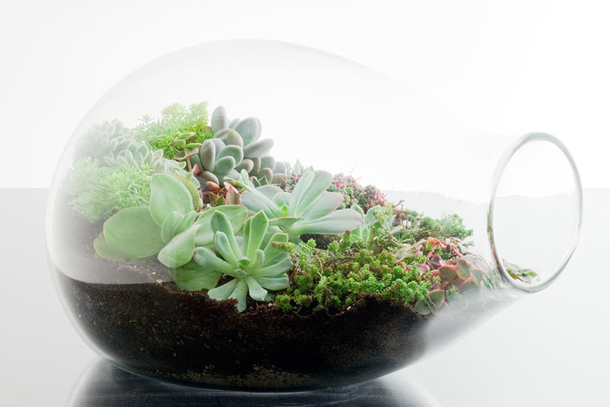
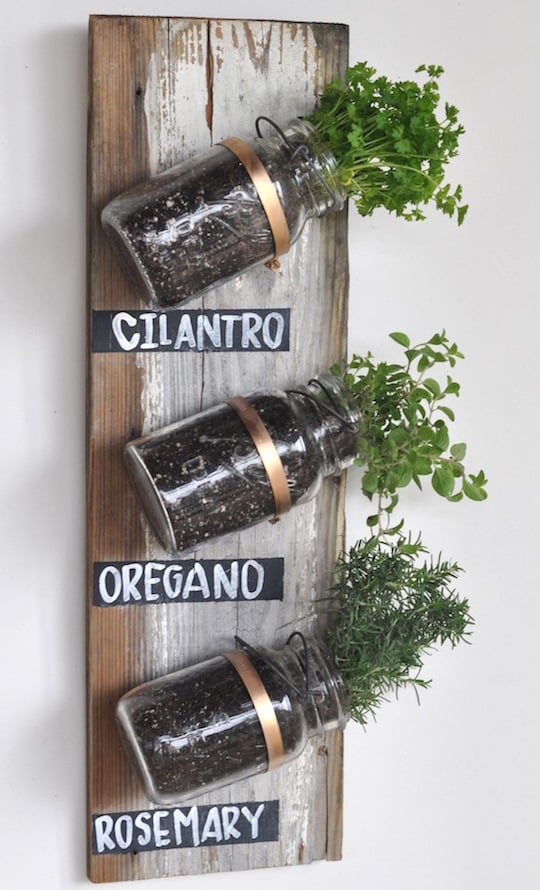
#2 Match your plants to your microclimate
Observe your space before you get your hands dirty and start potting. How much sun does it get? 6 hours counts as full sun, 3-6 hours as part shade and under 3 hours as full shade. The trick is to pick plants that will suit your environment. That way they’ll look vibrant, be easy to maintain and – most importantly – tasty.
Most indoor spots are at least partly in shade. As a rule, green, leafy plants flourish in full shade while fruits need full sun. Some great shade-tolerant options are mesclun, kale, mustard greens, lettuce, strawberries, mint and mushrooms… It’s enough to make you hungry!
#3 Find the right vessel to fit your space
Muslin-covered mason jars make perfect homes for your baby sprouts. Cover a fine layer of seeds with a few inches of warm water. Then cover the mouth of the jar with muslin, screw the lid down tight and soak overnight. In the morning, drain and rinse the sprouts. Repeat morning and evening until your sprouts have… well, sprouted!
Greenbo make great railing planters in vibrant colours. And Have You Met Miss Jones has just released some uber-chic geometric hanging planters made from porcelain available online at Zanui. Vases also make elegant homes for edibles and succulents.
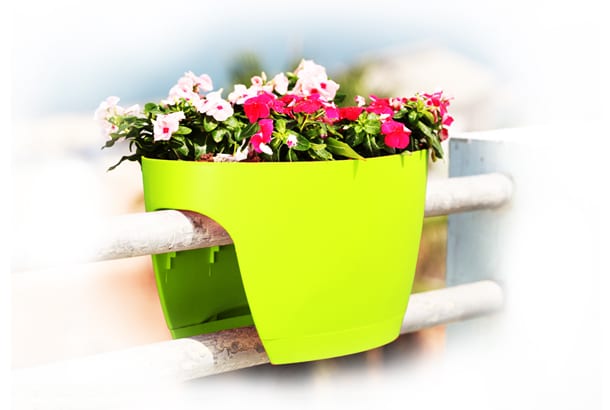
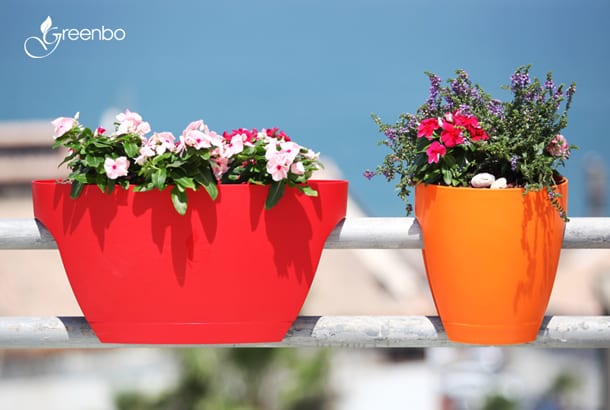
#4 Give the gift of rainwater
Keep your soil moist with rainwater for the best results. Capture nature’s nutrients and nourish your plants with it. Try not to let the soil completely dry out – it can damage it permanently. Organic matter is also great for nurturing your sprouts.
#5 Dare to fail
Be courageous! You only live once. If your plants don’t flourish – don’t take it personally. As the wise Thomas Edison once said, “Our greatest weakness lies in giving up. The most certain way to succeed is always to try just one more time.” And he’d know!
But! If you’re finding it frustrating consult the experts – gardenate.com is an excellent resource.
What are your fave herbs and sprouts? Tell us your gardening stories. We’d love to hear about your successes and failures.






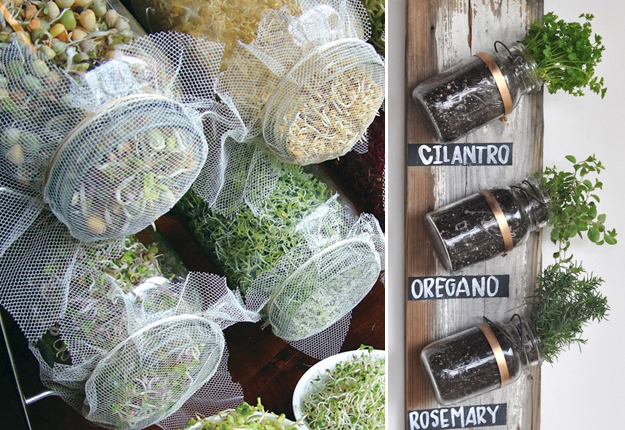





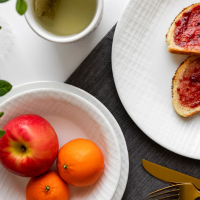









2:24 pm
6:14 pm
10:50 am
2:03 pm
9:06 am
1:09 pm
6:20 am
3:13 pm
12:55 pm
8:53 pm
10:48 pm
2:36 pm
9:00 am
7:01 am
9:50 am
10:40 pm
9:18 pm
2:18 am
5:28 pm
3:21 pm
- 1
- 2
- …
- 7
- »
Post a commentTo post a review/comment please join us or login so we can allocate your points.